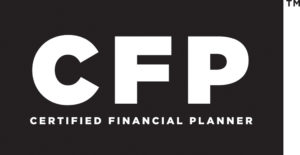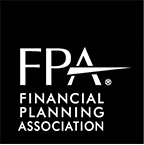Bonds come in many different shapes and sizes but one important aspect of them is their taxation. Some bonds pay a dividend that is taxable and some pay a dividend that is non-taxable, also called a Municipal bond. There are many caveats that can effect bond taxation, including the state that you live in, but for this discussion we are going to stick with federal taxation and assume all others don’t apply. When evaluating between taxable and non-taxable bonds you need to be aware of the difference in credit and duration risk but most of the decision can be answered by knowing your marginal tax rate. Taxable bonds generally pay higher yields, but you are taxed on the yield which lowers your net return, whereas tax-free bonds usually pay a lower yield but you won’t owe tax.
Here is an example: you are in the 22% tax bracket, taxable bonds are paying 4% and tax-free bonds are paying 3.25%. In this case you would make 3.12% on the taxable bonds (4%-.88% tax) and 3.25% on the tax-free bonds, so you would net out better by purchasing tax-free bonds. But let’s say you are in the 12% tax bracket – then you would make 3.52% (4%-.48%) on taxable bonds and 3.25% on tax-free bonds. In this scenario you would want to purchase taxable bonds.
Before jumping on one or the other make sure you also evaluate the credit and duration risk of the bonds. These will be different, and taking this into account will make sure you don’t dramatically change the risk/return profile of your portfolio. While the difference in return is not always dramatic, a small shift every year can add up to giving you a more successful plan.





